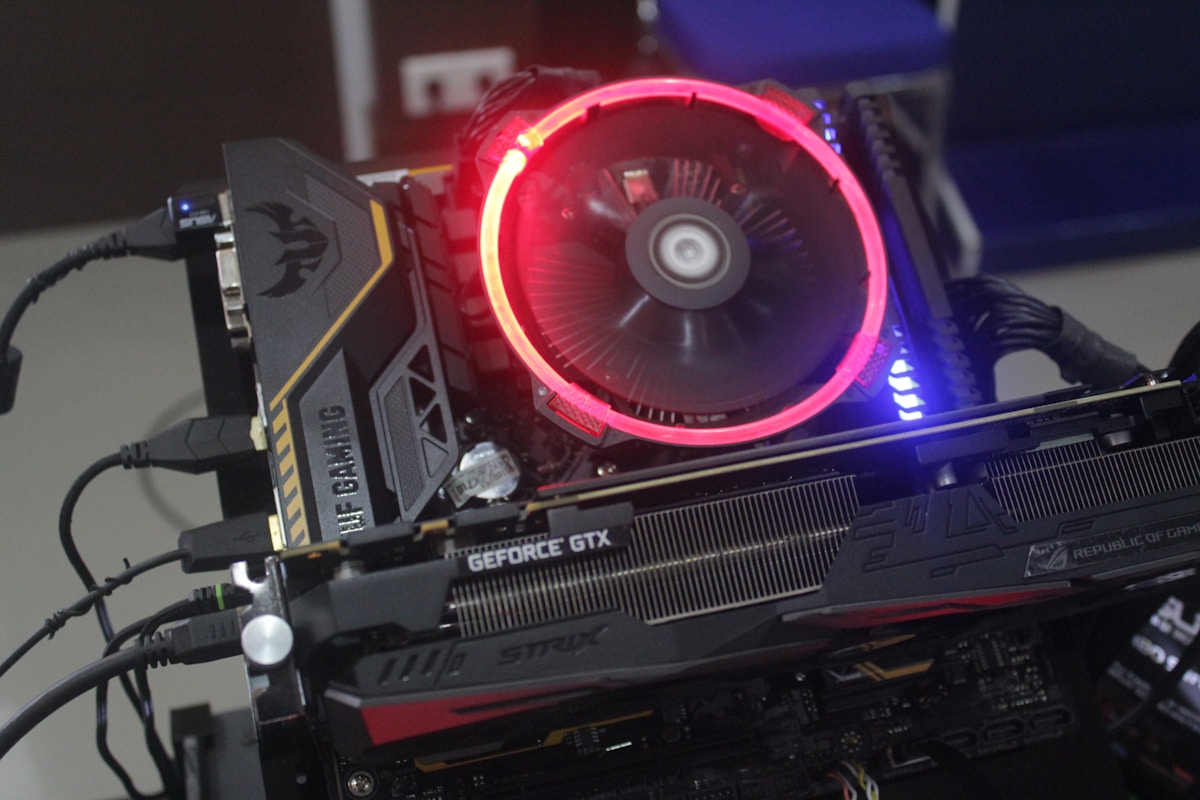Twilio (TWLO): A Safe Growth Stock (As Bubble Fears Mount)

AI stocks have run hot this year … maybe too hot. Analysts and hedge fund managers alike are coming out of the woodworks claiming that Nvidia’s (NASDAQ: NVDA) priced for perfection, small-cap AI/quantum names have gone too parabolic, and we’re on the verge of another 2001 style collapse.
But if we look below the surface, I’m not as convinced. It’s hard to argue we’re in an AI bubble when large AI blue chips like Alphabet (NASDAQ: GOOGL), Amazon (NASDAQ: AMZN), Meta (NASDAQ: META), and Nvidia trade at cheaper multiples than “boring consumer staple companies” like Walmart (NYSE: WMT) and Costco (NASDAQ: COST).
Another example is Twilio (NYSE: TWLO) … a stock that’s still down over 70% from all time highs even though it powers the communication channels that AI runs through. It’s currently got an A rating of Strong Buy according to our Zen Ratings system … and it illustrates that while there are some high flyers in the market fueling bubble fears, there’s also still plenty of beaten down quality stocks that have a lot of potential.
A note from our sponsors...
The little-known AI stock you need to read about now... Discover the AI pioneer 99% of investors have never heard of ... but it's one of my top picks to own now. This company has been an AI pioneer since before anyone ever heard of ChatGPT. Its sustained high double-digit growth has analysts raising price targets. Get the name-FREE. Discover this under-the-radar AI stock now, ahead of the crowd.Here’s why it’s worth watching…
A Sticky Software Backbone for the Digital World
Twilio is the invisible layer that makes digital communication work.
When you get a text from Uber, a booking confirmation from Airbnb, or a WhatsApp message from OpenAI’s ChatGPT, there’s a good chance Twilio’s code is behind it.
That makes it a classic sticky SaaS business: deeply integrated, hard to replace, and mission-critical for its customers. Once a company builds Twilio into its communication workflow, switching away is costly and risky.
It’s software-as-infrastructure … and that stickiness gives Twilio the kind of resilience many stocks can only dream of.
The Quiet Turnaround Wall Street Missed
After a rough few years of overexpansion and layoffs, Twilio’s new management has done what few tech firms have managed: it turned profitable without killing growth.
By 2027, management expects 21–22% operating margins and $3B cumulative free cash flow: numbers that would put it firmly in the “safe growth” camp of tech.
And our quant model agrees. TWLO scores a B in Safety and an A in Growth, pointing to short term sales acceleration, EPS growth in the next 12 months, profit margin improvements, and more.
Of course, the problem with growth stocks is that many investors will overpay for that growth up front. With a C score in our value component grade, Twilio isn’t necessarily dirt cheap, but it doesn’t look particularly overvalued either. In fact, a forward PE of 20, price to sales of 3.3, and price to book of 2 places this in attractive territory relative to many other technology names.
By the way, TWLO scores a B in one other Component Grade. Click here to see which one.
AI Exposure Without the Bubble Risk?
Twilio doesn’t need to chase the AI boom … it already powers it:
- 90% of the top 50 AI startups use Twilio.
- OpenAI uses it to connect ChatGPT to phone and WhatsApp.
- Paradox.ai’s recruiting bot schedules 25M+ interviews a year through Twilio.
- In 2024, over 800M AI-driven messages flowed across its platform.
That’s durable, recurring infrastructure revenue, not speculative AI hype.
Plus, top analysts have target prices in the $140–170 range (30-50% higher from here):

Click here to see analyst price targets and ratings for TWLO.
The Bottom Line
As investors look for safety in the tech market, TWLO offers the kind of profile many long-term growth investors love:
- Sticky software infrastructure
- Real profits and cash flow
- Exposure to AI without bubble risk
This may indeed be a safe growth stock hiding in plain sight … and another sign this bull market isn’t over. Click here to add it to your watchlist.
What to Do Next?
Want to get in touch? Email us at news@wallstreetzen.com.
Keep Reading
See All News




Company
AboutNewsBlogStock Investing FAQPlansPrivacy PolicyTerms of ServiceCancellation & RefundsPerformanceHelp GuidesContactTwitterYouTubeNewsletterInformation is provided 'as-is' and solely for informational purposes and is not advice. WallStreetZen does not bear any responsibility for any losses or damage that may occur as a result of reliance on this data.

